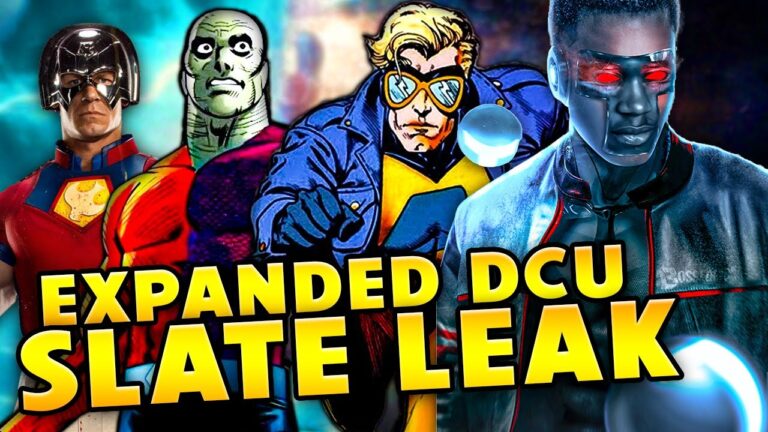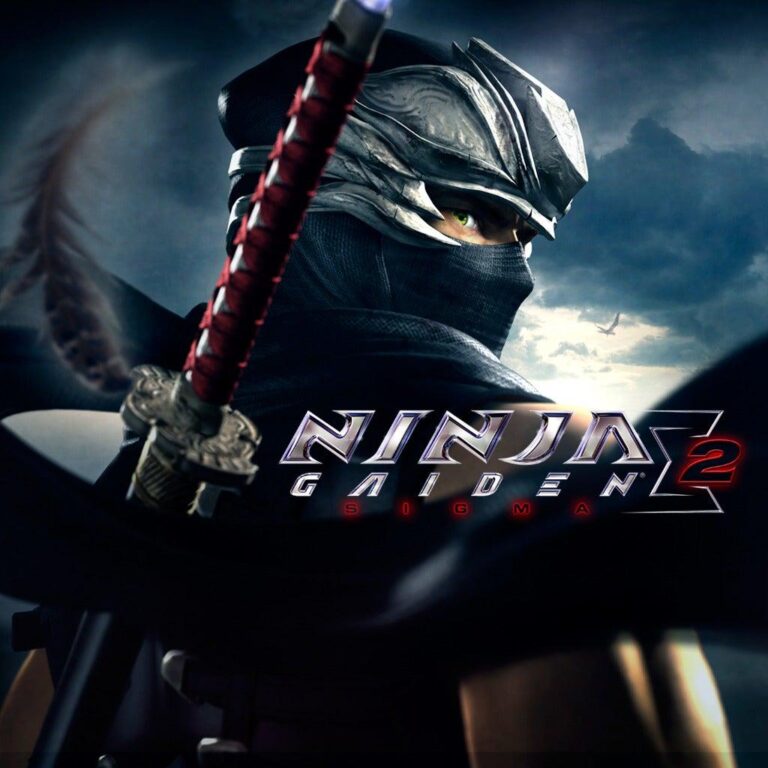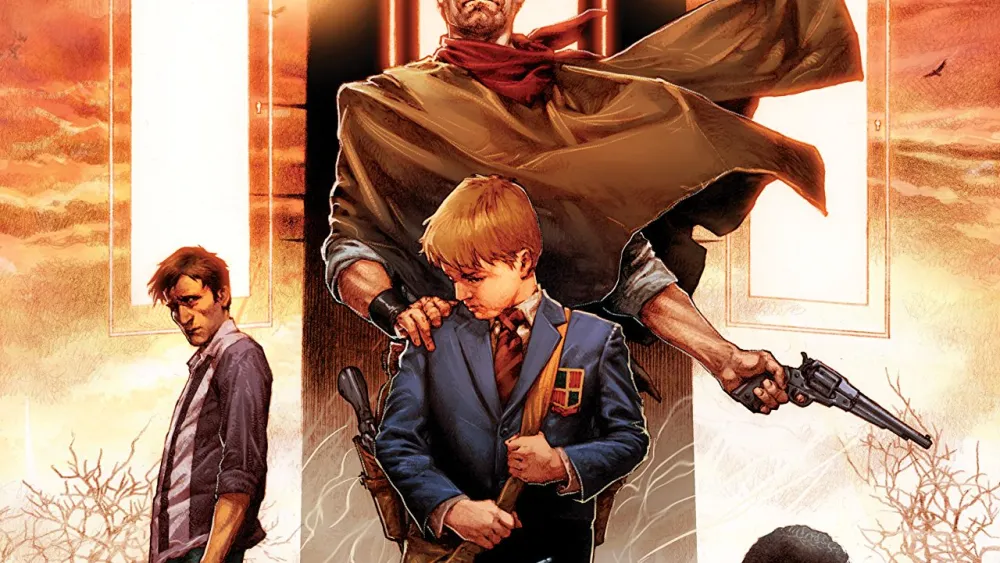
“Roland Rides Again! Why The Dark Tower Is Still the Ultimate Multiverse Adventure”2025
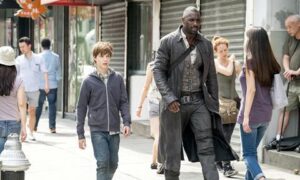
There are stories, and then there are stories—the kind that burrow into your soul, reshape your understanding of fiction, and haunt your dreams long after the final page. Stephen King’s The Dark Tower series is one of those stories.
If you’re reading this, maybe you’re a Constant Reader. Maybe you’ve stood in the field of roses and heard the sound of the Dark Tower calling. Or maybe you’ve never cracked the spine of The Gunslinger, but you’re multiverse-curious, wondering how a dusty western turned into the most epic, reality-bending saga this side of Doctor Who and Rick and Morty.
Wherever you stand on the path of the Beam, this is your sign: it’s time to revisit—or finally discover—The Dark Tower, and remember why Roland Deschain’s journey is still the greatest multiverse adventure ever told.
SEASON2
One Tower to Bind Them All
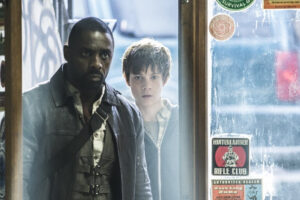
Stephen King didn’t just write a fantasy epic. He built an entire metaphysical architecture that connects nearly every novel he’s ever written. Derry? It’s on the map. The Overlook Hotel? There in the shadows. Cujo, Randall Flagg, the Crimson King, Father Callahan—if they live in King’s universe, they have a connection to the Tower.
The Tower is the linchpin of all realities, held together by six mystical Beams. When those Beams begin to fail, reality itself starts to collapse. Roland, the last gunslinger (King’s Arthurian Clint Eastwood), must follow the path of the Beam to the Tower’s doors. But this isn’t just a journey across strange lands—it’s a journey across worlds.
And the best part? Each world feels distinct. You get haunted towns, post-apocalyptic cities, demon-infested wastelands, tech-fueled ruins, and even a parallel 1977 New York. The multiverse isn’t just a plot device—it’s a living, breathing thing.
Multiverse Before It Was Cool
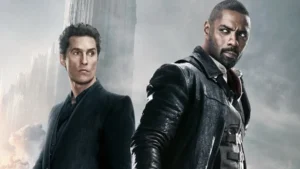
Before Marvel turned the word “multiverse” into a buzzword and before Spider-Men pointed at each other in meme form, King was already playing 4D chess across realities.
Roland’s journey hops between dimensions, timelines, and alternate versions of characters we thought we knew. Jake dies in one world and returns in another. Entire plot threads hinge on paradoxes and the convergence of multiple “whens” and “wheres.”
King didn’t invent the multiverse, but he sure as hell made it personal. Where other stories use it as a gimmick, The Dark Tower uses it as a lens to explore fate, identity, obsession, and redemption.
The Ka-Tet: Fellowship, but Messier
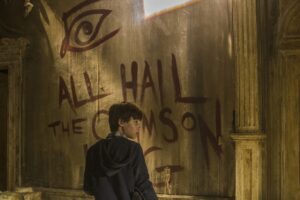
Any great adventure needs a party. But Roland’s ka-tet—Eddie Dean, Susannah Dean, Jake Chambers, and Oy (a talking, loyal billy-bumbler who’s like a raccoon-dog hybrid)—is one of the most emotionally rich ensembles in speculative fiction.
These aren’t cookie-cutter fantasy archetypes. They’re broken people, torn from their timelines, bound by ka (King’s stand-in for destiny) to walk a dangerous road. Watching them grow, fail, forgive, and love across multiple realities gives the story its emotional core.
There are laughs (Eddie’s smart mouth never quits), tears (Jake’s sacrifice is soul-crushing), and a deep, aching humanity to their journey. They don’t just serve the Tower. They serve each other.
Genre-Bending Like a Gunslinger
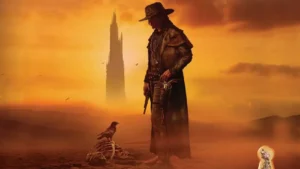
The Dark Tower is an unclassifiable beast. It starts as a dusty, spaghetti western with a touch of acid-trip surrealism in The Gunslinger. Then, by The Drawing of the Three, it becomes a psychological thriller meets urban fantasy. By the time you hit Wizard and Glass, you’re knee-deep in tragic romance and Arthurian lore. And in Song of Susannah and The Dark Tower, you’re grappling with metafiction, time loops, and King himself as a literal character. Yeah. That happens. And it works. No other series quite dares to swing this hard across genres—and stick the landing as often as it does.
The Ending That Never Ends
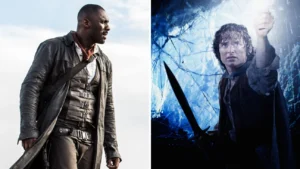
Now let’s talk about that ending. If you know, you know. If you don’t, I won’t spoil it here. But let’s just say King made a bold choice that divided fans and sparked countless debates. Some call it brilliant. Others call it cruel. But no one calls it forgettable.
It’s an ending that reframes everything that came before it. It dares to say: the journey matters more than the destination. And maybe that’s the most multiverse thing of all—an ending that is also a beginning, depending on where (or when) you’re standing.
Still Towering Above the Rest
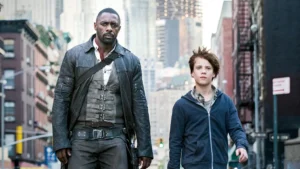
With so many multiverse stories out there now—from Marvel’s sprawling chaos to Everything Everywhere All At Once’s absurdist brilliance—it’s easy to forget that King was one of the early pioneers of this kind of narrative ambition. But The Dark Tower still stands apart.
It’s not just about collapsing dimensions. It’s about obsession, fate, free will, sacrifice, and the cost of chasing something sacred. It’s about what happens when stories touch each other, when the author becomes the architect of reality, and when a man with a gun refuses to stop walking.
Should You Start Reading It Today?
- It’s finished. You won’t be waiting decades for a conclusion (ahem looking at you, Westeros).
- It’s timeless. Despite being rooted in ’70s and ’80s culture, the themes are universal.
- It’s weird in all the right ways. If you like your fiction bold, bizarre, and emotionally resonant, this is your jam.
- It’s connected. Already a fan of It, The Stand, or Salem’s Lot? Welcome to the spiderweb.
Long Days and Pleasant Nights
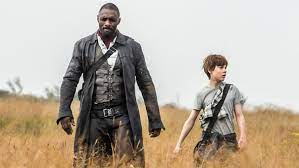
The road to the Tower is long and often dark, but it’s worth every step. Whether you’ve walked it before or are just now hearing the call, know this: Roland still rides. The Tower still stands. And in an era overflowing with multiverse madness, The Dark Tower remains the blueprint.
So go then—there are other worlds than these. And one of them is waiting for you to turn the first page. Want a reading guide, a spoiler-filled breakdown of the ending, or a deeper dive into the ka-tet’s character arcs? Just say the word—there’s always another door.
